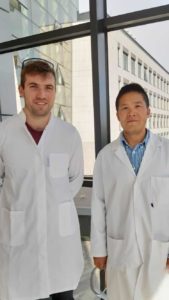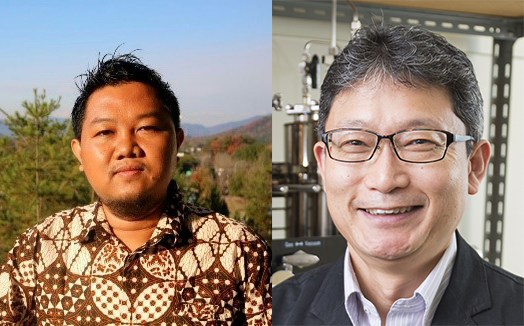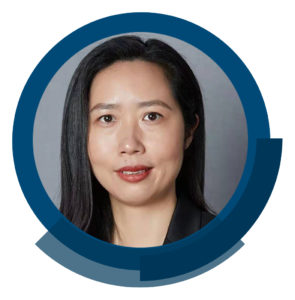Introducing the researchers:
Bo Xu was born in Hubei, China, after receiving his Ph.D. degree from the University of Louisville in 2008 (research advisor Prof. Gerald B. Hammond), he worked as a research assistant professor at the University of Louisville until 2014. He is currently a professor in the College of Chemistry, Chemical Engineering and Biotechnology, Donghua University Shanghai, China. His research interests include the development of novel and environmentally friendly synthetic methodologies, especially the synthesis of novel fluorinated building blocks for drugs and advanced materials and studies of organic reaction mechanisms.
Gerald B. Hammond was born in Lima, Perú, received his B.Sc from the Pontifical Catholic University of Perú, his M.Sc from the University of British Columbia (Canada), and his Ph.D. from the University of Birmingham in England. Following an academic career at the University of Massachusetts Dartmouth, Professor Hammond moved to the University of Louisville in 2004, where he is currently Endowed Chair in Organic Chemistry. His research interests include the search for new synthetic methodologies in organofluorine chemistry and other halogens, new approaches to catalysis and green chemistry, and the study of biologically active natural products from Peruvian medicinal plants.
Zhichao Lu was born in Hubei, China. he joined the doctoral program at the University of Louisville in 2013 under the supervision of Professor Gerald B. Hammond and Professor Bo Xu. He obtained a Ph.D. degree in 2018 and continued postdoctoral research program in the same lab. His current research interests involve the development of novel gold catalysts and new fluorinating reagents.
What inspired your research in this area?
We have a long-term interest in acid and hydrogen bonding catalysis; as such, we wanted to explore the role of acid and hydrogen bonding donor in enamine catalysis.
What do you personally feel is the most interesting outcome of your study?
Acid catalyst is often used in enamine formation. We found that, in many cases, strong acids are not necessary for enamine formation and the use of acids may even destabilize enamines.
What directions are you planning to take with your research in future?
Enamine formation is just the first step of the catalytic cycle of enamine catalysis; we want to explore the role of acids and hydrogen bonding donors in the full catalytical cycle of enamine catalysis.
Read the full article: Revisiting the role of acids and hydrogen bond acceptors in enamine formation
See the other articles showcased in this month’s Editor’s Collection
See all the full articles on our publishing platform





















